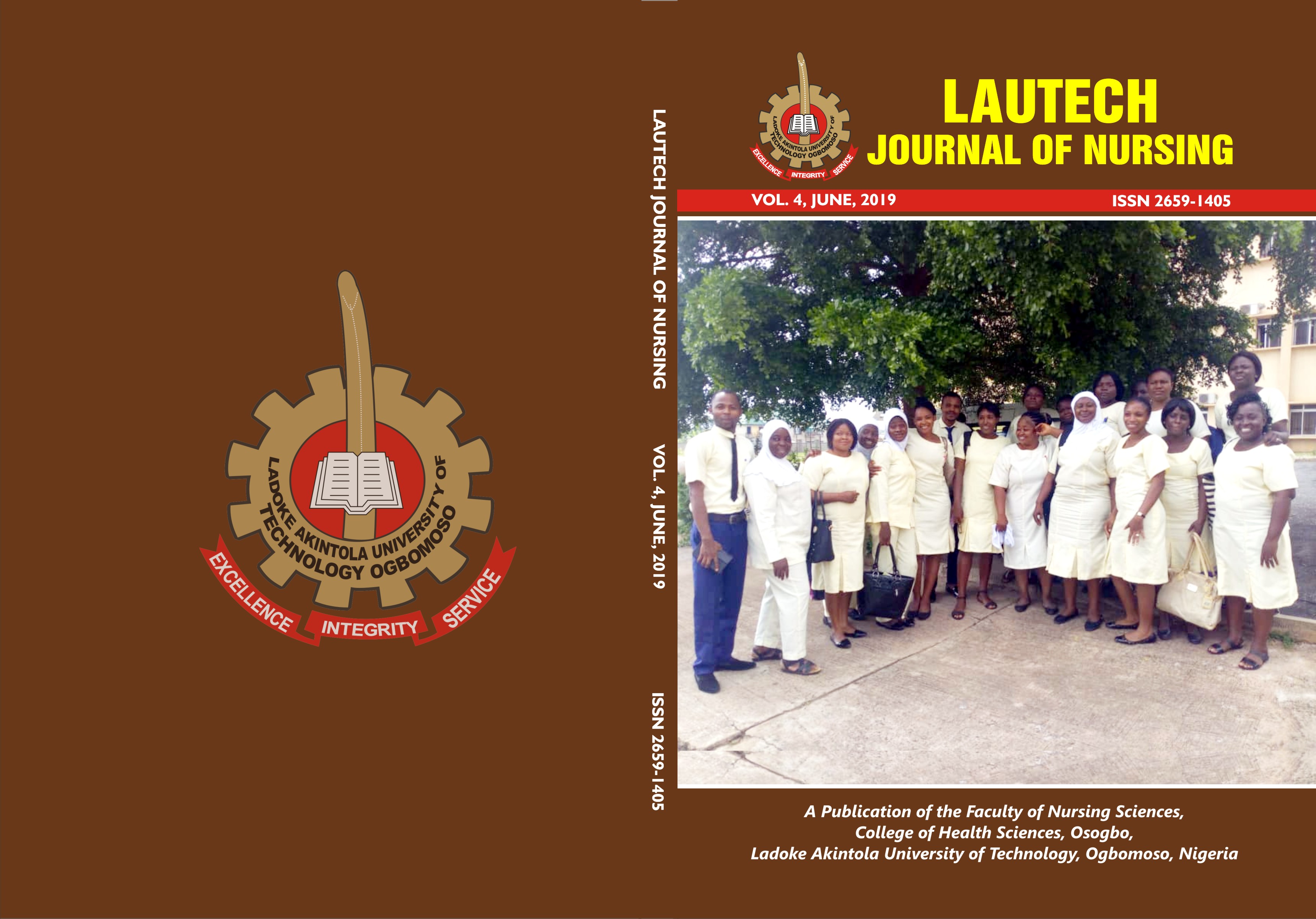WHO estimates that over 340 million new cases of four curable STIs (gonorrhea, chlamydia, syphilis and trichomoniasis) occurred in 1999. If viral STIs such as human papilloma virus (HPV), herpes simplex virus (HSV) and human immunodeficiency virus (HIV) infections are included, the number of new cases may be three times higher. This study assesses the reproductive tract infection pattern and sociodemographic correlate in a tertiary institution in South West Nigeria. The design of this study is retrospective. And the instrument used was checklist. Data were collected based on medical records and case files of undergraduates who visited the st University health centre from 1 January 2011 to 31 December. 2015. The record books with date of clinic attendance, sex, age, department/faculty and the diagnosis of students who attended the Health Centre were analysed. The result of this study revealed that majority of the undergraduates with RTIs were within the age range of 20-24 years. The pattern of reproductive tract infection shows that the prevalence rate of RTI was high overall, 2.59 (412/15933) within the studied period and the highest prevalence rate (3.53) was reported in 2014, followed by 3.33 in 2011. The result further observed that the most common types of RTIs among them was Trichomoniasis 112 (27.2%), followed by Gonorrhea 87 (21.1%), Candidiasis 65 (15.8%), HIV/AIDs 38 (9.2%) and syphilis 33 (8.2%) respectively. The socio-demographic correlates showed that trichomoniasis which was the most diagnosed RTIs was accounted for by 81.3% of the female students as against 18.75% males and gonorrhea which accounted for the second most reported RTIs was majorly among male students (78.2%) while, candidiasis was found to be prevalent among female students (93.8%). It was also found in this study that females have 3 times chances of having RTIs compared with male students. Also the younger students have 2 times chances of having RTIs compared with older students. therefore recommended that there is need for enlightenment programmes on the prevention of reproductive tracts infections.
- Jegede | Solomon | O. | @ | +234
- Trichomoniasis, Gonorrhea, Candidiasis, Syphilis
- REPRODUCTIVE TRACT INFECTION PATTERN AND SOCIO- DEMOGRAPHIC CORRELATES IN A TERTIARY INSTITUTION IN SOUTH WEST NIGERIA


